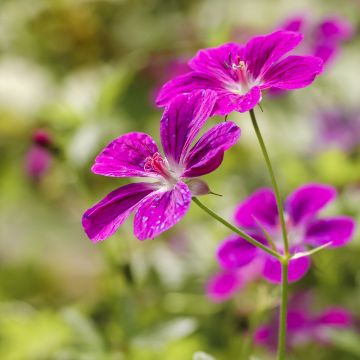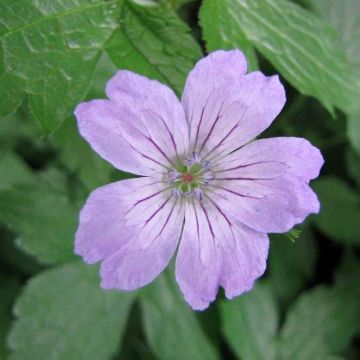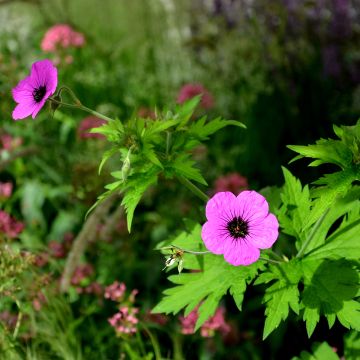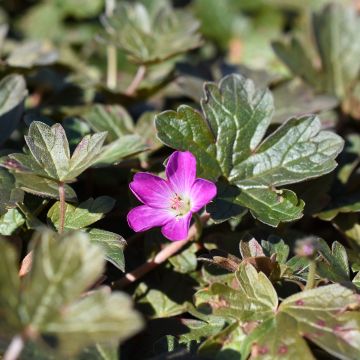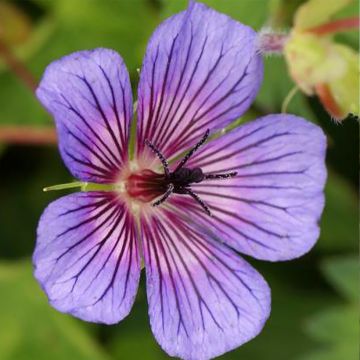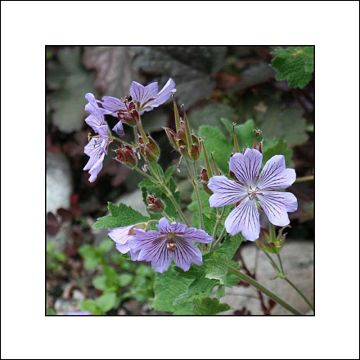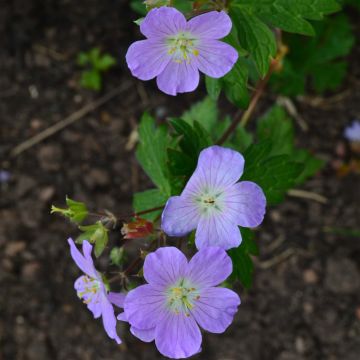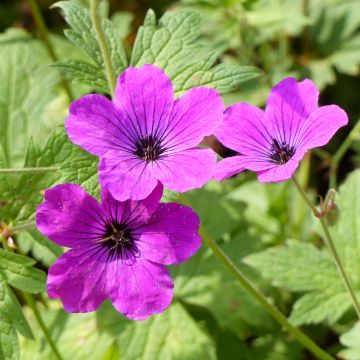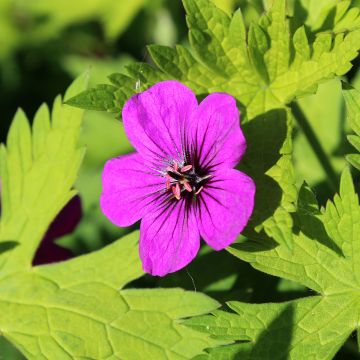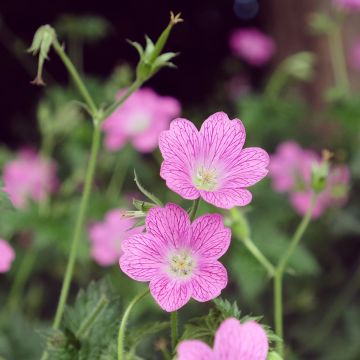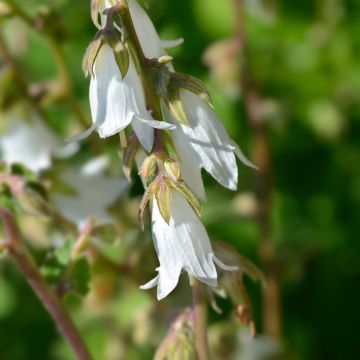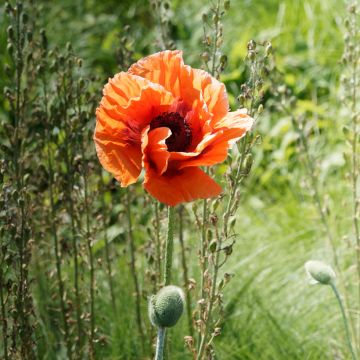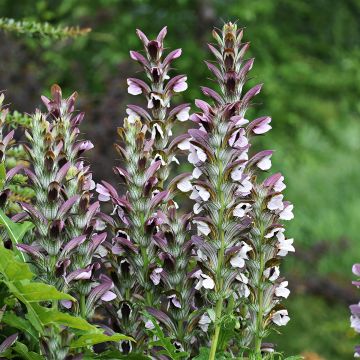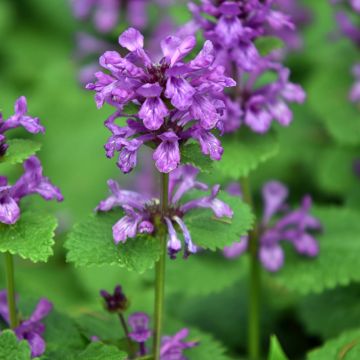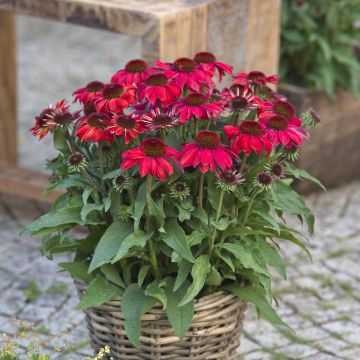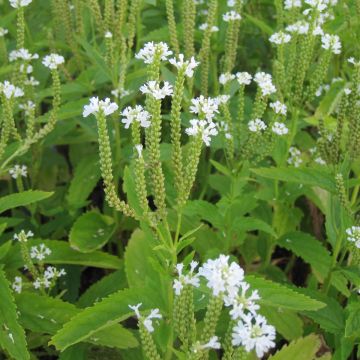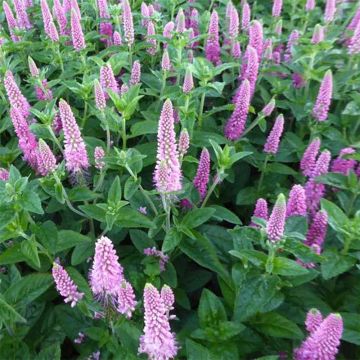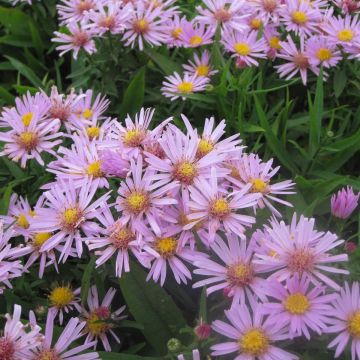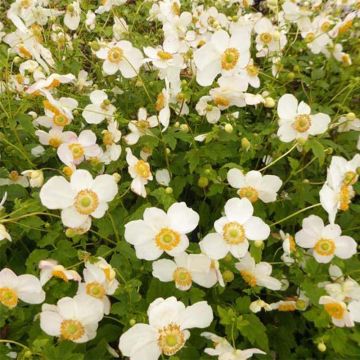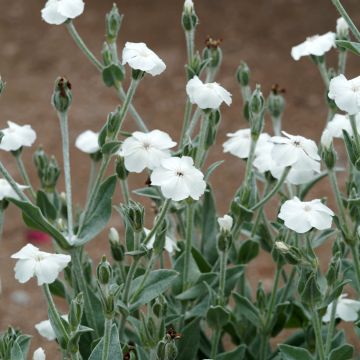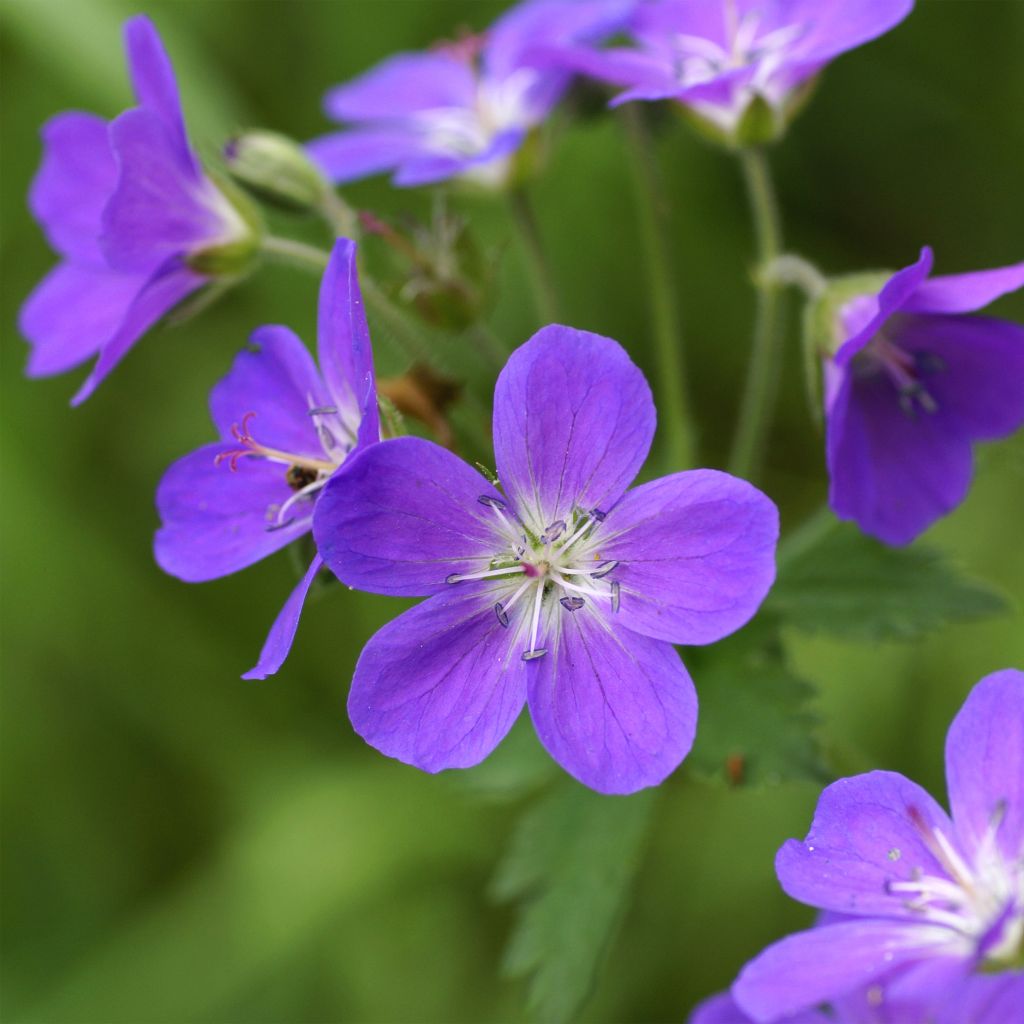

Geranium sylvaticum Birch Lilac
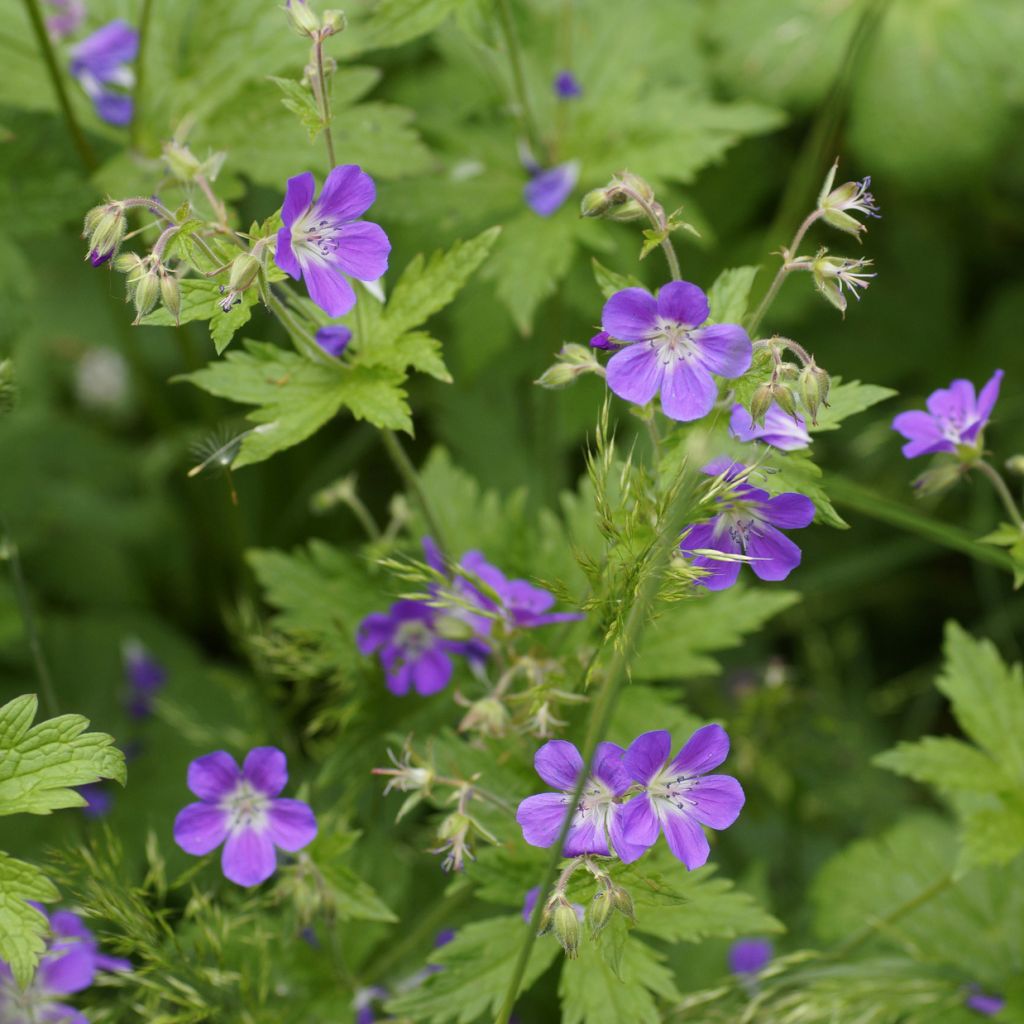

Geranium sylvaticum Birch Lilac
Geranium sylvaticum Birch Lilac
Geranium sylvaticum Birch Lilac
Wood Cranesbill, Woodland Geranium
Plant received in good condition Grows back steadily
Ludivine, 20/10/2024
This item cannot be shipped to the selected country
Delivery charge from €5.90
More information
Schedule delivery date,
and select date in basket
This plant carries a 12 months recovery warranty
More information
We guarantee the quality of our plants for a full growing cycle, and will replace at our expense any plant that fails to recover under normal climatic and planting conditions.
From €5.90 for pickup delivery and €6.90 for home delivery
Express home delivery from €8.90.

Does this plant fit my garden?
Set up your Plantfit profile →
Description
The Geranium sylvaticum 'Birch Lilac', also known as Wood Cranesbill, is adapted to the damp shade of the undergrowth. It is a lush deciduous herbaceous perennial, a large spreading bush, which is adorned with abundant lilac-blue flowers with white centers in spring and summer. Resembling the meadow cranesbill, it differs from it by its slightly less dissected foliage. Ideal in cool and shady areas of the garden, in natural gardens, it is not afraid of the harsh winter cold and thrives in heavy and moist soils. This simple and grand plant will find its place in any garden.
Geranium sylvaticum 'Birch Lilac' belongs to the Geraniaceae family. It is a selection of the Wood Cranesbill, native to Europe, where it grows in undergrowth and damp meadows. This large herbaceous perennial, very hardy, forms a bushy and spreading mass of 40 cm (16in) when in bloom, with a spread of 30 cm (12in). Its growth is quite fast. It blooms in summer, from May to July, with open trumpet-shaped flowers, in a fresh and bright color, between blue and pink, illuminated by white in the center. The flowers, 2 to 3 cm (1in) in diameter, are grouped in compact cymes. The anthers are dark blue, the pistil is pink. Its basal leaves are compound with 7 lobes, deeply dissected and dentate, carried by ramified stems. The foliage is deciduous. The plant is pubescent, glandular at the top, and shows a thick and oblique stump.
Perennial and vigorous, this variety thrives in shade, it enjoys coolness and self-seeds spontaneously in humus-rich soils, forming magnificent colonies that are spectacular in the undergrowth in spring. Beautiful in the undergrowth, combine it with golden foliage; Millium effusum 'Aureum', Carex elata 'Aurea', Carex oshimensis 'Evergold', the yellow-blue contrast is, as usual, superb.
Report an error about the product description
Geranium sylvaticum Birch Lilac in pictures
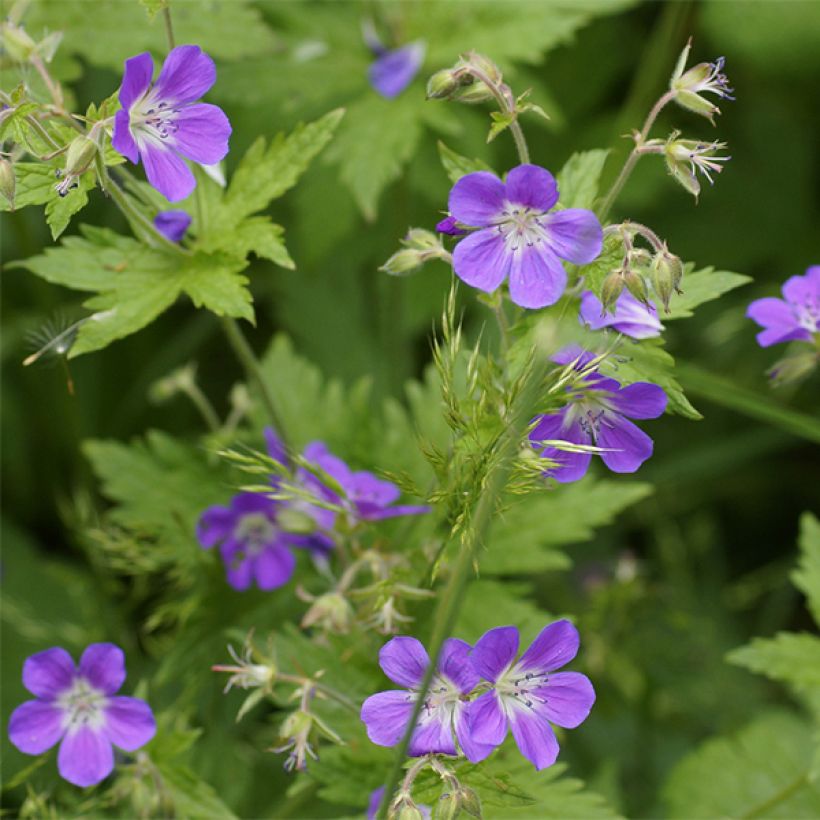

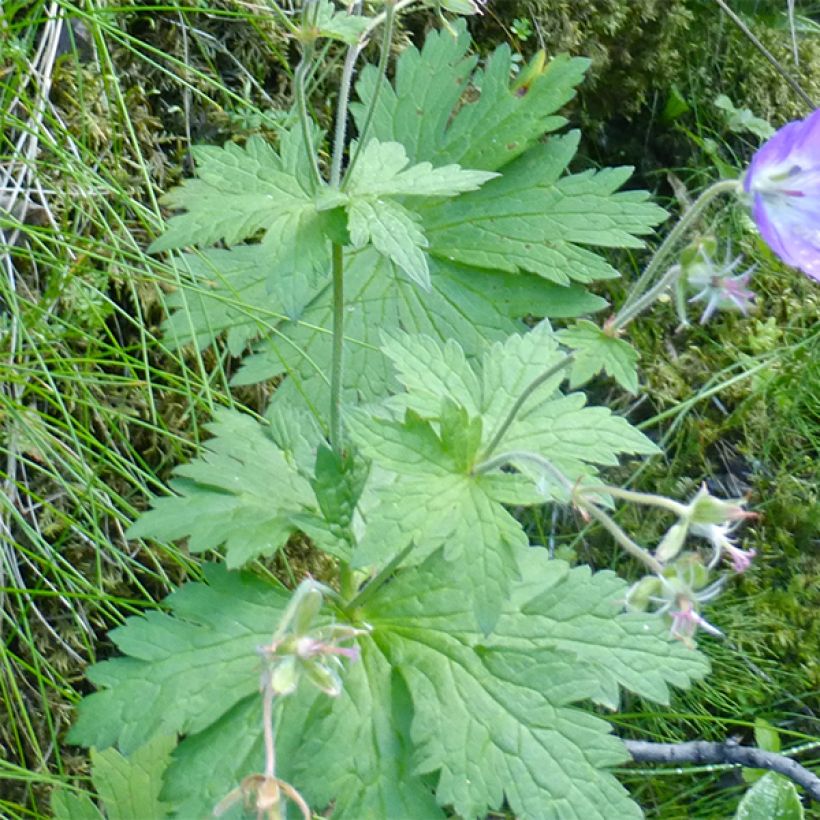

Flowering
Foliage
Plant habit
Botanical data
Geranium
sylvaticum
Birch Lilac
Geraniaceae
Wood Cranesbill, Woodland Geranium
Cultivar or hybrid
Other Hardy Geranium - Cranesbill
Planting and care
Planting period
Intended location
Care
-
, onOrder confirmed
Reply from on Promesse de fleurs
Summer flowering perennials
Haven't found what you were looking for?
Hardiness is the lowest winter temperature a plant can endure without suffering serious damage or even dying. However, hardiness is affected by location (a sheltered area, such as a patio), protection (winter cover) and soil type (hardiness is improved by well-drained soil).

Photo Sharing Terms & Conditions
In order to encourage gardeners to interact and share their experiences, Promesse de fleurs offers various media enabling content to be uploaded onto its Site - in particular via the ‘Photo sharing’ module.
The User agrees to refrain from:
- Posting any content that is illegal, prejudicial, insulting, racist, inciteful to hatred, revisionist, contrary to public decency, that infringes on privacy or on the privacy rights of third parties, in particular the publicity rights of persons and goods, intellectual property rights, or the right to privacy.
- Submitting content on behalf of a third party;
- Impersonate the identity of a third party and/or publish any personal information about a third party;
In general, the User undertakes to refrain from any unethical behaviour.
All Content (in particular text, comments, files, images, photos, videos, creative works, etc.), which may be subject to property or intellectual property rights, image or other private rights, shall remain the property of the User, subject to the limited rights granted by the terms of the licence granted by Promesse de fleurs as stated below. Users are at liberty to publish or not to publish such Content on the Site, notably via the ‘Photo Sharing’ facility, and accept that this Content shall be made public and freely accessible, notably on the Internet.
Users further acknowledge, undertake to have ,and guarantee that they hold all necessary rights and permissions to publish such material on the Site, in particular with regard to the legislation in force pertaining to any privacy, property, intellectual property, image, or contractual rights, or rights of any other nature. By publishing such Content on the Site, Users acknowledge accepting full liability as publishers of the Content within the meaning of the law, and grant Promesse de fleurs, free of charge, an inclusive, worldwide licence for the said Content for the entire duration of its publication, including all reproduction, representation, up/downloading, displaying, performing, transmission, and storage rights.
Users also grant permission for their name to be linked to the Content and accept that this link may not always be made available.
By engaging in posting material, Users consent to their Content becoming automatically accessible on the Internet, in particular on other sites and/or blogs and/or web pages of the Promesse de fleurs site, including in particular social pages and the Promesse de fleurs catalogue.
Users may secure the removal of entrusted content free of charge by issuing a simple request via our contact form.
The flowering period indicated on our website applies to countries and regions located in USDA zone 8 (France, the United Kingdom, Ireland, the Netherlands, etc.)
It will vary according to where you live:
- In zones 9 to 10 (Italy, Spain, Greece, etc.), flowering will occur about 2 to 4 weeks earlier.
- In zones 6 to 7 (Germany, Poland, Slovenia, and lower mountainous regions), flowering will be delayed by 2 to 3 weeks.
- In zone 5 (Central Europe, Scandinavia), blooming will be delayed by 3 to 5 weeks.
In temperate climates, pruning of spring-flowering shrubs (forsythia, spireas, etc.) should be done just after flowering.
Pruning of summer-flowering shrubs (Indian Lilac, Perovskia, etc.) can be done in winter or spring.
In cold regions as well as with frost-sensitive plants, avoid pruning too early when severe frosts may still occur.
The planting period indicated on our website applies to countries and regions located in USDA zone 8 (France, United Kingdom, Ireland, Netherlands).
It will vary according to where you live:
- In Mediterranean zones (Marseille, Madrid, Milan, etc.), autumn and winter are the best planting periods.
- In continental zones (Strasbourg, Munich, Vienna, etc.), delay planting by 2 to 3 weeks in spring and bring it forward by 2 to 4 weeks in autumn.
- In mountainous regions (the Alps, Pyrenees, Carpathians, etc.), it is best to plant in late spring (May-June) or late summer (August-September).
The harvesting period indicated on our website applies to countries and regions in USDA zone 8 (France, England, Ireland, the Netherlands).
In colder areas (Scandinavia, Poland, Austria...) fruit and vegetable harvests are likely to be delayed by 3-4 weeks.
In warmer areas (Italy, Spain, Greece, etc.), harvesting will probably take place earlier, depending on weather conditions.
The sowing periods indicated on our website apply to countries and regions within USDA Zone 8 (France, UK, Ireland, Netherlands).
In colder areas (Scandinavia, Poland, Austria...), delay any outdoor sowing by 3-4 weeks, or sow under glass.
In warmer climes (Italy, Spain, Greece, etc.), bring outdoor sowing forward by a few weeks.

































